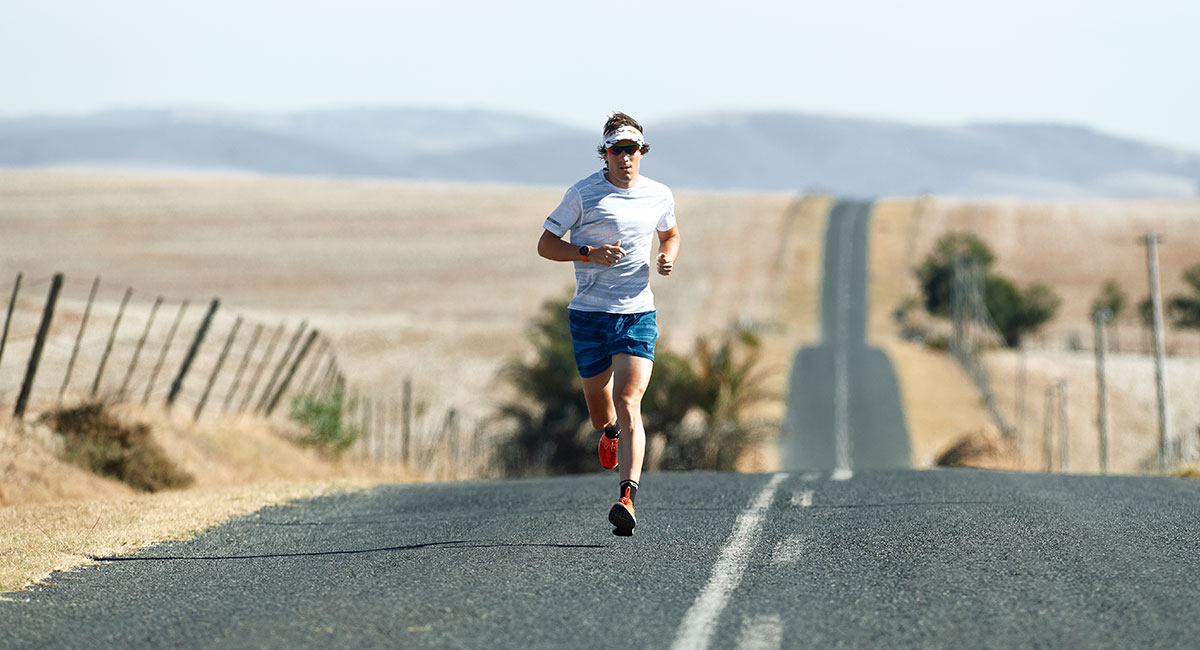
The Ultimate Guide to Running Injury Prevention
Running Injuries: Causes and Symptoms, Effective Prevention and Treatment. What can you do yourself, and who can you turn to for help?
Statistics show that 20 to 80% of runners are injured each year. Although this figure is lower for sports walking enthusiasts, since the joints and ligaments are not under such stress, all walking mileage enthusiasts are faced with all kinds of chronic pain – from knee pain to plantar fasciitis.
Running injuries are often associated with training errors, abnormalities in biomechanics or gait, power imbalances, lack of flexibility, improper or worn footwear. The good news is that all of these problems have solutions. What’s more, if the right measures are taken in time, many common injuries can be avoided.

Running injuries: risk factors
Numerous studies are attempting to identify specific risk factors in the hope of helping runners and walkers avoid common injuries. One such study involved 930 novice runners. According to the findings, participants in the older age group (45 to 65 years old) are at greatest risk. At high risk, people with a BMI above 30, as well as runners who have previously had a non-running injury. Interestingly, even personality traits can affect the frequency of injury. Runners who prefer “calm and leisurely” runs are more likely to suffer from running injuries.
If you fall into one of the risk groups, you should be on the lookout and take preventive measures in advance to prevent running injuries. Knowing the first signs and symptoms of common running injuries, as well as understanding the principles of their treatment and prevention, will help you avoid the main threats that can send you to hospital for a long time. In the vast majority of cases, armed with basic information and listening to your body, you will be able to stay healthy and run or walk all year round.
You can improve the condition of your ligaments by starting to take steroids. You can order steroids for sale uk on our website.
Causes and Symptoms of Common Running Injuries
| Injury | Symptom | Cause |
|---|---|---|
| Runner’s knee, or patellofemoral pain syndrome | Pain under the kneecap | Weak core muscles, improper shoes, overuse |
| Plantar or plantar fasciitis | Pain on the plantar side of the foot or sharp pain in the heel, especially during the first steps in the morning | Wrong shoes, excessive loads |
| Achilles tendonitis | Soreness or pain in the Achilles tendon area, induration, inflammation | Weak or tense calf muscles, running uphill, dramatic increase in mileage |
| Stretching the muscles of the back of the thigh | Induration, sharp pain, and limitation of mobility | Running fast without an adequate warm-up, imbalance in the development of the muscles of the back of the thigh and quadriceps |
| Stress fracture | Tenderness to palpation of the bone | A sharp increase in the distance run, running on hard surfaces, unhealthy diet |
| Iliotibial tract syndrome | Soreness or sharp pain near the pelvic bone or outside of the knee joint | Excessive pronation of the leg, core weakness, overtraining |
| Shin splitting syndrome | Pain along the tibia and surrounding muscles | Wrong shoes, a sharp increase in the distance run, weakness of the calf muscles |
It is important to be able to differentiate between common soreness and pain associated with trauma. If you start a new training program after a long break, chances are you will experience moderate soreness as your body adjusts to the stress. But if you are experiencing acute or severe pain in any location, you should take immediate action.

If it’s simple soreness from starting or returning to running workouts, keep going as planned. Delayed muscle aches may occur a couple of days after a run, so it will take about a week to fully recover. Fortunately, this pain is not a symptom of dangerous injuries, and it goes away on its own.
If you suspect a serious injury, the first step is to pause your workouts or switch to other aerobic activities to assess the situation. By diagnosing the injury early and responding in a timely manner, you can skip just a couple of days instead of a couple of months.
